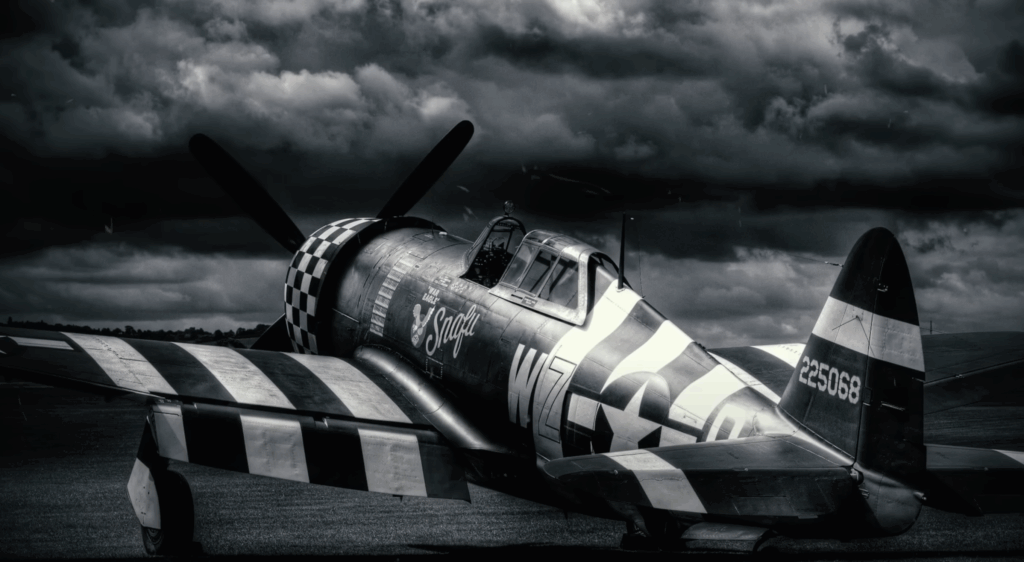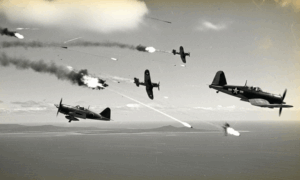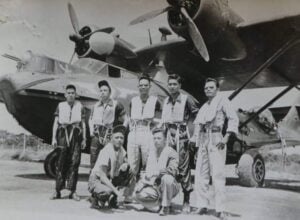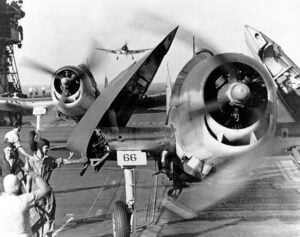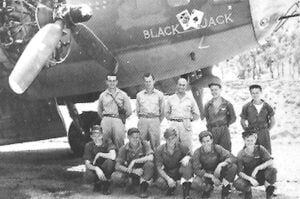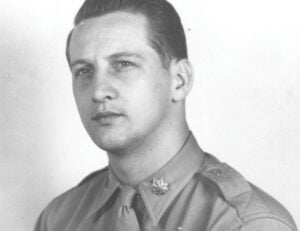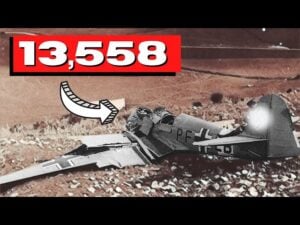Why the P-47 Thunderbolt Was the Worst Escort but One of the Best Dogfighters During WWII
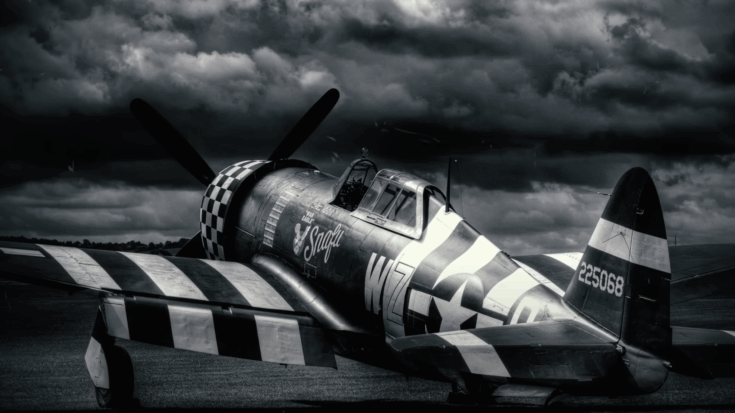
Historical Digs / YouTube
During World War II, the Republic P-47 Thunderbolt was first seen as a failure. It was heavy, had poor range, and didn’t meet the expectations of a long-range escort fighter. But over time, the same features that made it unsuitable for one role helped it succeed in another. From its massive engine to its strong frame, the P-47 went on to become one of the most important and durable fighters of the war, especially in ground attack roles.
The Giant That Wasn’t Meant to Fly Far
In 1940, the skies over Europe were filled with danger. American planners needed a new fighter to escort bombers at high altitudes. Republic Aviation, led by Alexander Kartveli, introduced a large prototype called the XP-47B. This design later became the P-47 Thunderbolt. Weighing over 10,000 pounds empty, it was nearly twice as heavy as a Spitfire. Its nickname, “Jug,” came from its size and shape.
The plane’s huge Pratt & Whitney R-2800 radial engine provided 2,000 horsepower. To make the engine work at high altitudes, Kartveli added a turbocharger system in the rear of the fuselage. This meant air had to travel through long ducts from the front to the back and then return again. The design added more weight and complexity. Early test flights showed the P-47 could fly fast and high, but it consumed too much fuel. Its short range made it a poor choice to escort bombers deep into enemy territory. Military leaders doubted it could succeed, calling it too big, too heavy, and too clumsy.
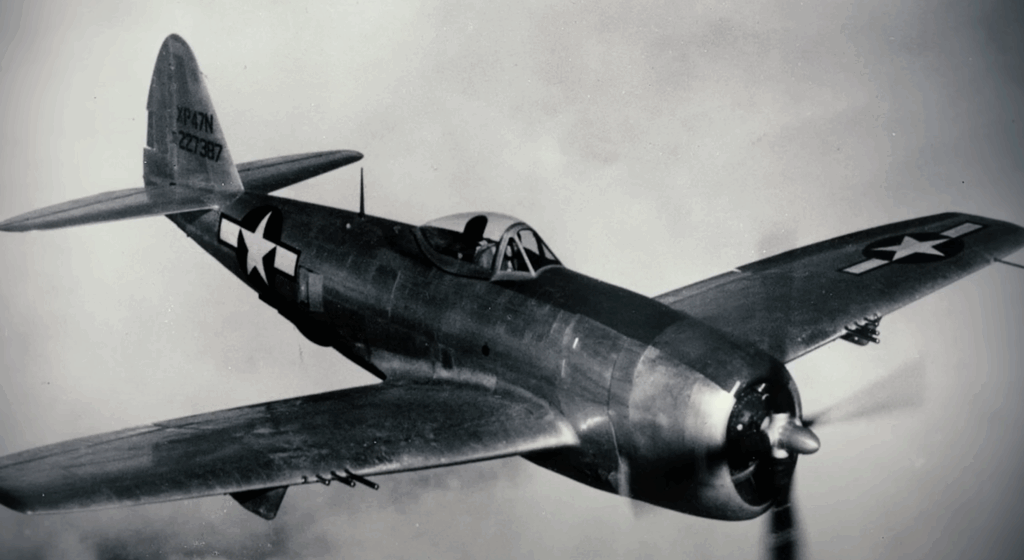
Turning a Weakness Into Strength
Even though the P-47 wasn’t good at staying with bombers, it had some traits that made it stand out. Its strong airframe and tough engine meant it could take hits and keep flying. While it couldn’t turn quickly in dogfights like the German FW 190 or Bf 109, it had another advantage—it could dive fast and attack with great force.
The Thunderbolt carried eight .50 caliber machine guns, four in each wing. These guns had enough ammunition for long firing bursts, making the P-47 one of the most heavily armed single-engine fighters in the war. Its thick wings and strong structure allowed it to carry bombs and rockets. It could fly through flak and small arms fire, survive engine damage, and still make it home. Its engine was air-cooled, so it didn’t suffer the same risks as liquid-cooled engines, which could be disabled by one hit.
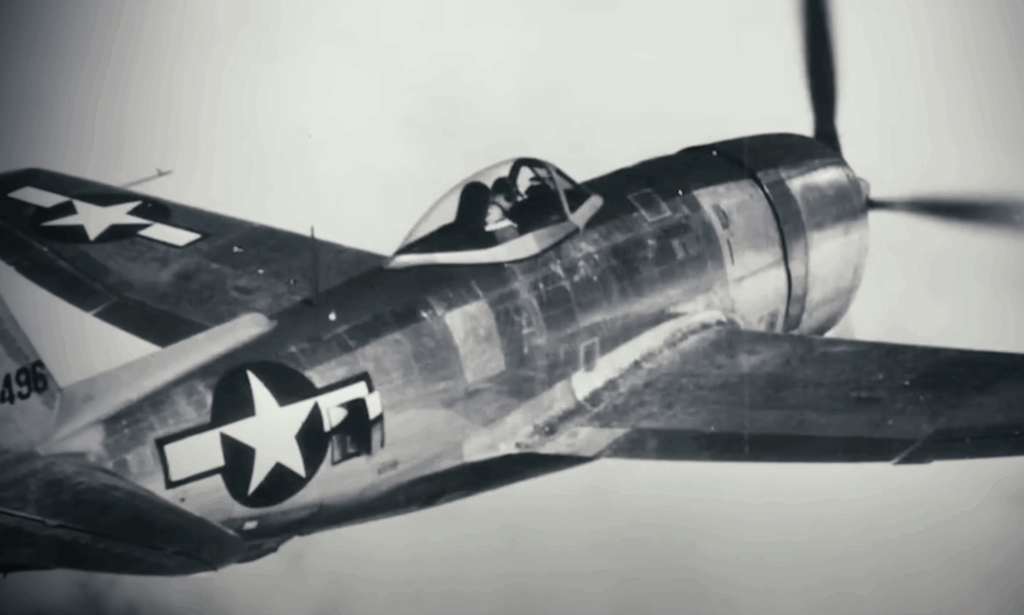
From the Sky to the Dirt
As the war went on, Allied forces needed better support on the ground. This gave the P-47 a new mission. While faster planes like the Mustang focused on air combat, the Thunderbolt became known for its ground attack power. It could carry up to 2,500 pounds of bombs or ten 5-inch rockets in addition to its guns. It had the strength to hit targets hard and take punishment on the way back.
This change in role made the P-47 essential during key battles. In the months before and after D-Day in 1944, it helped clear enemy positions, destroy vehicles, and break up German defenses. The noise of its engine and the power of its weapons became feared by German troops. The aircraft earned the respect of its pilots not for being graceful, but for being dependable.
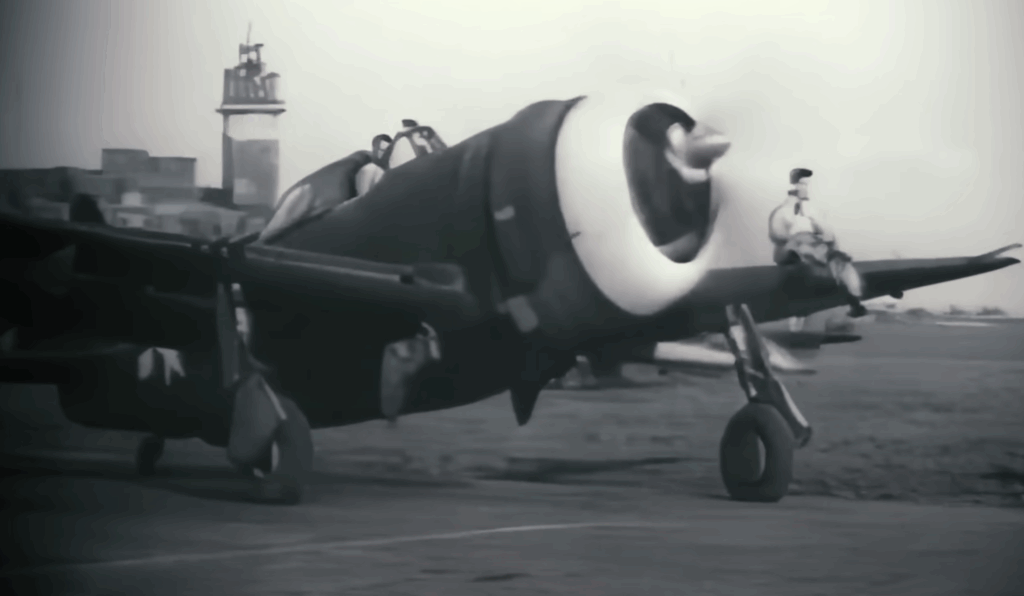
The Pacific Challenge
In the Pacific, some believed the Thunderbolt would fail due to its size and short range. But the opposite happened. With added fuel tanks and upgrades, the plane could now fly long distances. Later models like the P-47N were built with longer wings and larger fuel tanks. This allowed it to escort bombers over the wide ocean areas between islands and into Japan.
The hot and humid Pacific climate was tough on planes. But the P-47’s engine handled it better than others. It needed less maintenance and didn’t rely on coolants that could overheat. Its ability to dive quickly was helpful when attacking Japanese bunkers and caves. Pilots trusted the plane’s ability to take damage and keep flying.
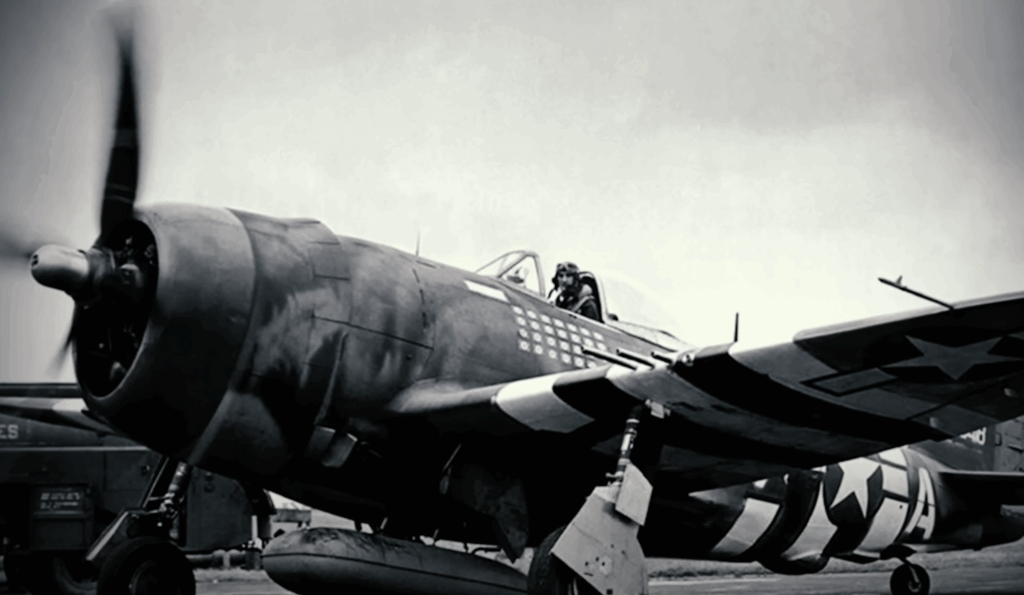
The Jug That Wouldn’t Quit
By war’s end, the P-47 had flown over 746,000 combat missions. More than 15,600 were built. It wasn’t the plane its designers originally hoped it would be, but it became one of the most reliable and powerful aircraft in the war. What started as a disappointing escort turned into a symbol of strength and survival, both in Europe and the Pacific.
